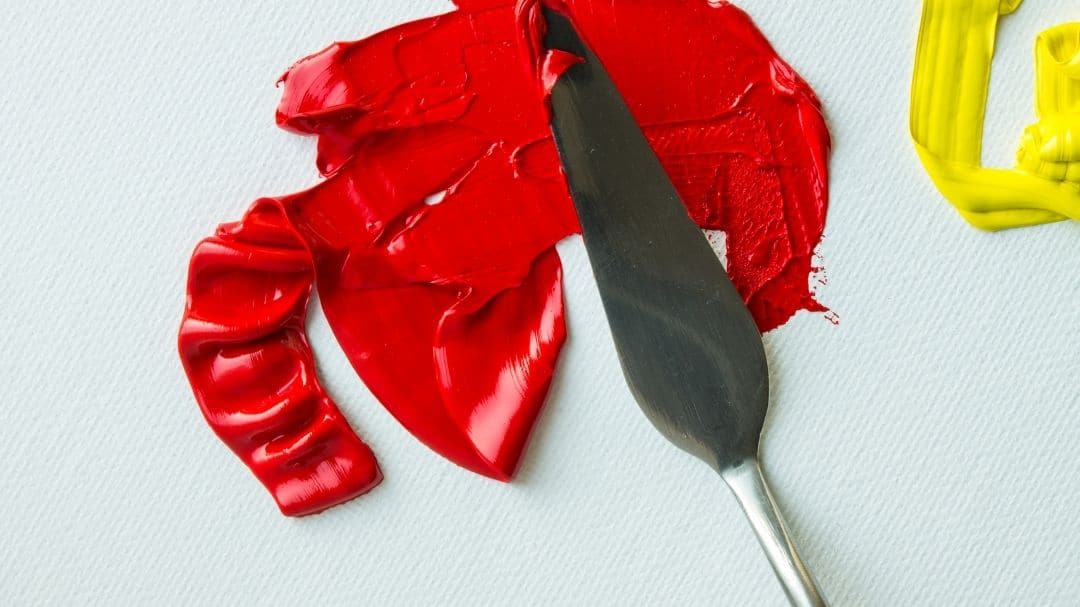What color makes red, The color red is a primary color in the RGB (Red, Green, Blue) color model and is considered one of the fundamental hues in the visible spectrum. While it is a primary color, meaning it cannot be created by mixing other colors together, different color theories and models provide insights into how red can be perceived or influenced by various factors.
- Additive Color Mixing:
In the additive color model, red is a primary color along with green and blue. When these three primary colors are combined at full intensity, they create white light. The additive color mixing process is commonly used in electronic displays, such as computer monitors, television screens, and LED displays.
Red + Green = Yellow: When red light is combined with green light at full intensity, the result is yellow. This occurs because red and green light together stimulate the eye’s receptors in a way that is similar to how yellow light is perceived.
Red + Blue = Magenta: The combination of red and blue light at full intensity produces magenta. Magenta is a vibrant, purplish-pink color that is distinct from the colors that can be created by mixing pigments.
Green + Blue = Cyan: The combination of green and blue light at full intensity creates cyan. Cyan is a bright, bluish-green color commonly seen in electronic displays and color printing.
- Subtractive Color Mixing:
In the subtractive color model, which is commonly used in art and design, colors are created by subtracting certain wavelengths of light using pigments or dyes. In this model, red is a primary color along with blue and yellow.
Red + Blue = Purple: When red paint or pigment is mixed with blue, the result is purple. The specific shade of purple will depend on the proportions of red and blue used.
Red + Yellow = Orange: Mixing red paint or pigment with yellow creates orange. The warmth and intensity of the orange color can be adjusted by varying the amounts of red and yellow.
Blue + Yellow = Green: Combining blue paint or pigment with yellow results in green. The shade of green can be altered by adjusting the ratios of blue and yellow in the mixture.
- Complementary Colors:
Complementary colors are pairs of colors that, when combined, create a neutral color (white, gray, or black). The complement of red is green. When red and green are mixed together in the subtractive color model, they create a shade of brown or gray, depending on the intensity and proportions of the colors.
Red + Green = Brown/Gray: Mixing red and green in various proportions can produce different shades of brown or gray. The specific result will depend on factors such as the saturation and brightness of the colors.
- Psychological and Cultural Influences:
The perception of red can also be influenced by psychological and cultural factors. Red is often associated with strong emotions such as passion, love, anger, and excitement. It is a color that can grab attention and evoke a range of emotional responses.
Symbolism: In many cultures, red is symbolically associated with different meanings. For example, in Western cultures, red is often linked to love and romance, while in some Eastern cultures, it may symbolize luck and prosperity.
Contextual Influences: The way we perceive red can be influenced by its context. For instance, a red object placed against a white background may appear more vibrant and intense than the same red object against a dark background.
Conclusion:
Understanding what makes red involves exploring color theories, models, and the interplay of light and pigments. Whether through additive color mixing, subtractive color mixing, or cultural influences, red remains a dynamic and attention-grabbing hue. The ability to create various shades and tones of red by combining it with other colors adds to its versatility and significance in the world of art, design, and symbolism. As a primary color, red holds a unique place in the spectrum of colors, captivating our attention and contributing to the rich visual experiences in our lives.

